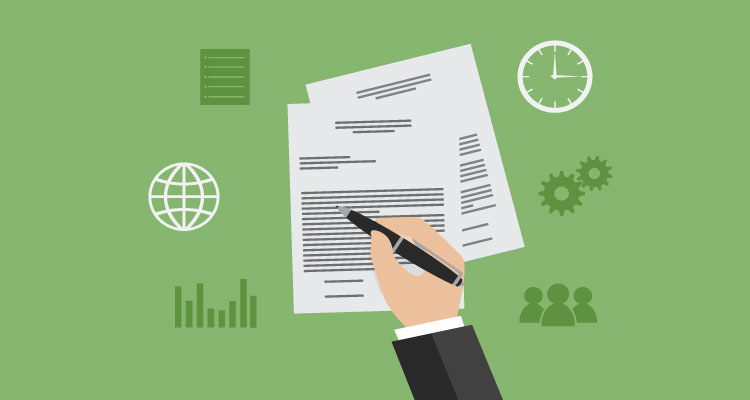Handling disputes on invoices can be a real pain the ass. In leaves both the client and contractor unhappy and often results in a half-way solution to the problem.
That said there are plenty of ways businesses and freelancers can reduce disputes on invoices. In fact there are certain strategies you can take that will almost guarantee a smooth invoicing process.
Table of Contents
ToggleHere are five ways you can reduce disputes and friction when invoicing clients:
1. Use An Online Payment System
If you’re still sending invoices in the mail you’re not doing yourself any favors. Using an online payment solution for your accounting is the best way to optimize your finances.
These solutions offer features like online invoicing and multiple payment acceptance. By giving the customer a digital solution with multiple options you’re creating a more convenient experience altogether. That added convenience along with a streamlined process will surely reduce confusion and therefore mitigate disputes.
2. Timing is Everything
Like most things in life, timing is everything. Generally speaking Sunday is by far the worst day to send out an invoice. On the contrary Thursday’s are statistically the best day to send one out.
If you’re sending out interim or recurring invoices then you need to be sure the payment intervals are crystal clear. You should also set clear (and respectable) deadlines to ensure timely payment.
When setting deadlines don’t be afraid to ask for expedited payment. I recommend asking all invoices to be paid within 10 days. Giving a client 15 or 30 days to complete a payment is simply too much time.
3. Automate Payment Reminders
If you choose to utilize an online invoicing solution you can set automated payment reminders when invoices are overdue. When an invoice goes overdue there’s often a moment of awkwardness for the business owner. You have to follow up but you don’t really want to. That’s where automated reminders come in.
I suggest setting your automated reminder to go out three and five days after the invoice goes overdue. If possible you should customize each message to mention the client by name and respectfully remind them. This way you don’t have to be bothered reminding clients and you’ll be sure it’s in a friendly manner.
4. Communicate With The Right Person
If your client is a single person then this may not apply to you. However, often times clients are represented by a larger organization. Within that organization you need to find and communicate with the person authorized to complete payment. If you’re constantly routing information through a 3rd party it will only delay the process further.
5. Put Terms in Writing
I cannot stress this point enough. First and foremost you need to set crystal clear invoicing and payment terms with the client. They need to understand pricing, timeline, deliverables, fees, penalties, and anything else you think is important.
Once you share the terms with the client and they are agreeable you need to put them in writing. Once it’s written down you should verify that your client has seen the terms by signing a contract. Should anything go south you can always use the contract as leverage to challenge a dispute.
Final Thoughts
Invoicing is a bittersweet experience for business owners. Sure it represents pay day but it can also be a stressful interaction between contractor and client. These disputes aren’t fun to deal with. That said use the five strategies above to reduce disputes when invoicing customers.















